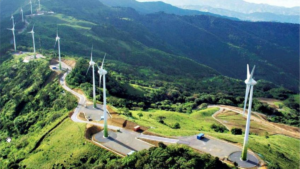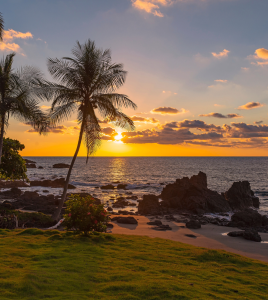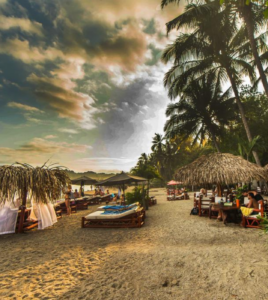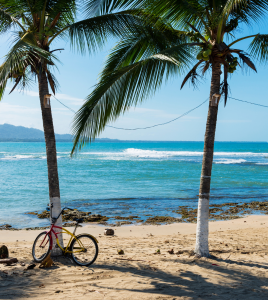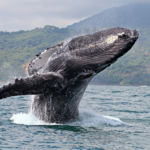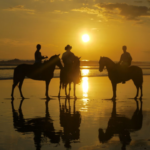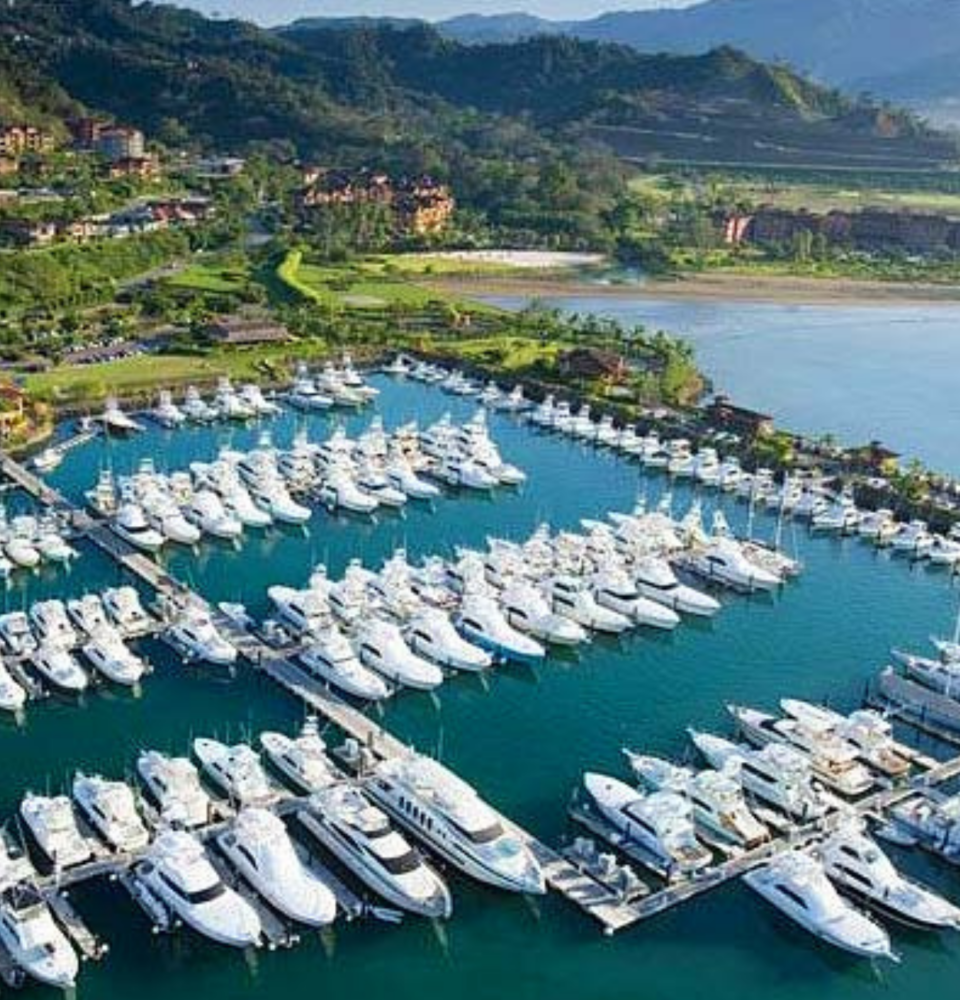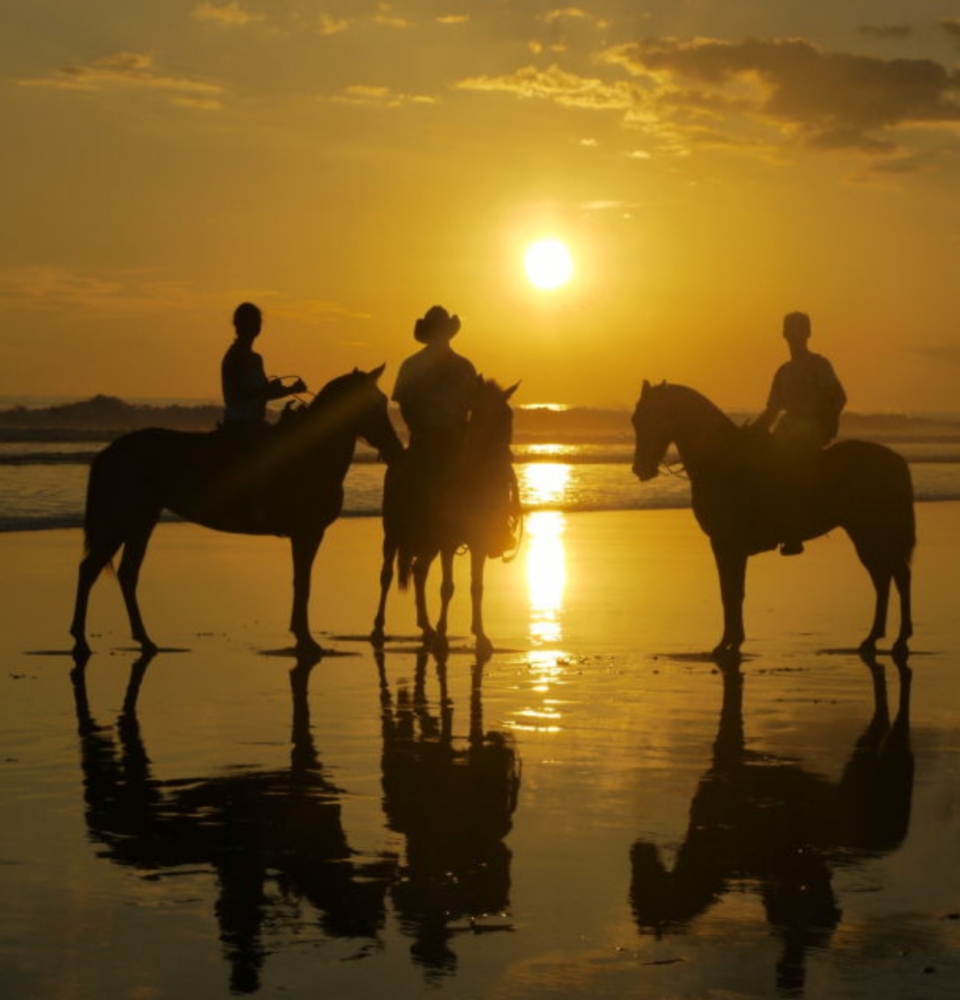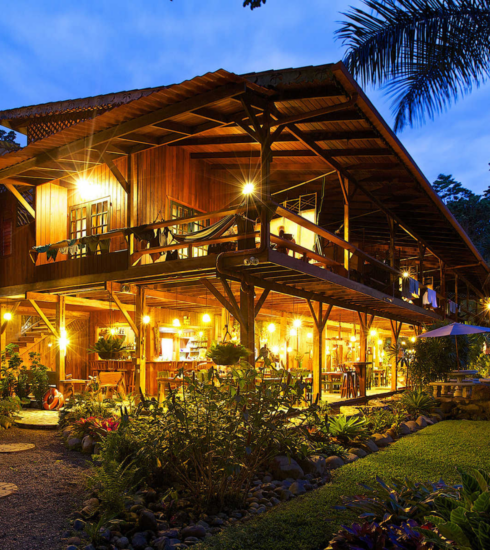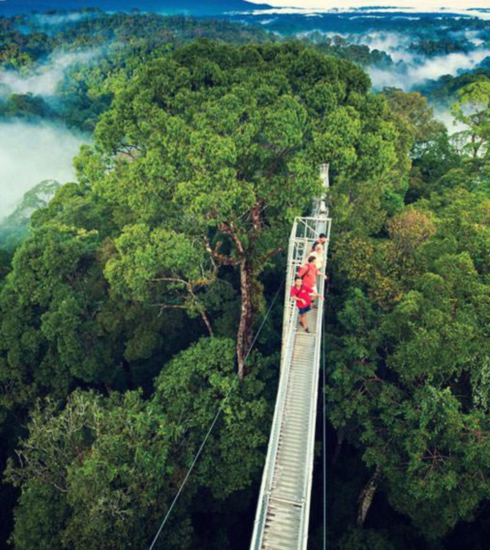The Turtles of Costa Rica
National parks are extremely important for the species of Sea turtles on the brink of extinction. Since the 1950s, scientists and participant volunteers have conducted extensive nest monitoring programs every year in Tortuguero and shared the findings with Costa Rican park managers.
Tortuguero (“Region of Turtles”) beach, located approximately 50 miles north of the principal Port of Limon along the Northern Carribbean Coast, is home to green sea turtles (named for the color of their body fat), leatherbacks and the rare Hawkbill sea turtle and Loggerhead, come to lay their eggs, some during the spring months of March through May, and others from July until October, nesting in this refuge each year. The park, and the Barra del Colorado Wildlife Refuge to the north, comprise the largest remaining adjoining tract of lowland wet tropical forest on Costa Rica’s Atlantic Coast.
Learn MoreNeighboring Tortuguero is Parismina, where the turtle season lasts longer than in Tortuguero because of the large number of leatherback sea turtles that nest in the black sand dunes. In April of 2001, the Costa Rican Coast Guard and volunteers from Parismina started a turtle hatchery to combat the effects of widespread poaching. During nesting season, the beaches are patroled at night as the community does their best to stop the poachers, gathering eggs from the nests and relocating them to the hatchery.
Leatherbacks grow up to be the largest reptiles in the world, reaching six feet long and weighing up to one ton, these turtles nest frequently along the Caribbean coast and also at Las Baulas National Park in Guanacaste from February to June. Hawksbill and Loggerheads, less common, nest along the Caribbean during the summer months. The Olive Ridley nest in Ostional in Guanacaste (North Pacific) , coming ashore in large numbers for several days each month from August to September.
Male sea turtles spend their entire life in the ocean, it is only the female Sea turtles that come ashore to deposit their eggs usually at night. Only 1 in a 1000 Sea Turtles will reach adulthood; it is really important that people do not disturb the turtles while they are digging the holes in the sand to put their eggs in. No bright flash lights please! All visitors on the beach at night must be accompanied by a certified local guide.
One of natures amazing spectacles, watch as hundreds of hatchling turtles all following each other, waddle down to the surfline. Their little flippers paddle away and they use every ounce of strength to propel themselves across the sand. It’s the last time we see them for fifteen to twenty years, and maybe, because of heavy depredation (without counting human), we’ll never see them again. Sea turtles can be as old as a hundred years!
Other beaches and National Parks in Costa Rica also protect critical sea turtle nesting zones such as in the of Santa Rosa National Park, situated in Guanacaste, the oldest National Park in the region, however, the seven-mile dirt road from the park’s administrative buildings to Naranjo Beach is normally passable only in the dry season with a four-wheel drive vehicle (check with the park service before attempting this drive). Nancite Beach is restricted because of turtle nesting research programs, and advance permission is required to visit this beach, which involves a difficult hike from Playa Naranjo.
Guanacaste’s other two protected beaches have relatively easy access. Las Baulas (Leatherbacks) Marine National Park was created to protect two important nesting beaches for the Giant Leatherback Sea Turtle, as well as conserve offshore areas where these large marine reptiles spend their days during the breeding season. In Costa Rica, this species can be found nesting between October and February in Playa Grande (Big Beach) and Playa Langosta (Lobster Beach), to the north and south, respectively, of Tamarindo Beach. Together, the aforementioned two beaches make up Las Baulas Marine National Park. Further south on the Guanacaste coastline is Ostional National Wildlife Refuge. Vehicular access to Ostional is somewhat challenging, and a four-wheel-drive vehicle is definitely recommended. Ostional can be reached from either the town of Santa Cruz or Nicoya (both situated on the main highway that runs down the middle of the Nicoya Peninsula), and following a series of gravel and dirt roads to the coast.
On the South Pacific, Piro’s beach (on the way to Corcovado National Park) and thirty minutes further, Carate Beach (at the end of the road directly by side of the National Park)), both on the Osa Peninsula, are long stretches of sandy shores perfect for guided night tours and nesting Sea Turtle sighting.
Explore Costa Rica
Costa Rica’s World Class Sportfishing
The sea, the fishing rod, the beautiful views and the company of friends, all together make one of the...
Essential Tours and Activities
An adventure-seeker’s paradise, Costa Rica offers many landscapes to discover and many enjoyable ways to discover them.

